I’m really captivated by Don’t Nod’s new mystery visual novel Harmony: The Fall of Reverie, but I can’t help feeling like it keeps getting in its own way. I’ve put about three hours into the game, and while it brings the Life Is Strange studio’s signature emotional, human dialogue, diversity, and a compelling story that marries god-like gravitas with grounded connection, I often feel like I’m in a tug-of-war between my desire to engage with its relationships and world on one hand, and the game systems I use to interact with them on the other.
Harmony follows Polly, a young woman who returns to her hometown to find her mother Ursula has gone missing, and the key to finding her lies in an ethereal world called Reverie. Polly learns she can access this otherworldly place and talk with resident beings known as Aspirations, each embodying a human ideal. Think of them like the emotions in Pixar’s Inside Out but sexy, and less of an abstract concept used to personify one character’s feelings and more like actual living people. Bliss takes the form of a carefree young woman who plays video games and is seldom seen without a slushie in hand. Power is an intimidating, older man who advocates for force and plays of strength. Then there’s Truth, who is adorned in a white robe, has a third eye, and is framed as the wisest among the group. Each is a caricature of an idea, but they’re well-realized in design and voice acting. Ramon Tikaram, known for his roles as Dorian Pavus in Dragon Age: Inquisition and Ramattra from Overwatch 2, stands out as Bond, a sagely man who embodies human connection and empathy.
The Aspirations explain to Polly that her mother set foot in their world and once there, she was given the ability to see into the future. Polly is given this same gift, and is told that her mother’s disappearance and the fate of Reverie are connected. In the early hours I was able to play, Harmony spends a lot of time shifting between Polly’s reality and Reverie. I could converse with the Aspirations as I uncovered new clues to Ursula’s whereabouts, and they guided my decisions like a bickering family of devils and angels on my shoulder.
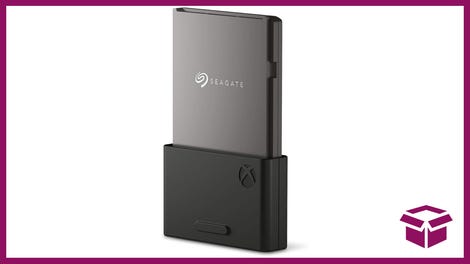
32% Off
Seagate 1TB SSD For Xbox Series X|S
More memory is always good
This massive solid-state drive has incredible read and write speeds that allow for seamless gameplay, a big capacity, and is really easy to install as well.
But ultimately, I was more interested in getting to know Polly and her relationships with those in the real world her rather than the supernatural elements. From consoling her longtime family friend Nora to getting to know enigmatic newcomers like Ursala’s confidant Omar, Don’t Nod’s writing shines through when Harmony focuses on human connection, even when it’s framed by deities. This has often been the case in the studio’s work, such as when Life Is Strange used elements like time travel and telekinesis not as ends in themselves, but as ways of exploring the human relationships at the series’ core. However, while the narrative framing works for me, Harmony gamifies these interactions in a way that feels more stratified and mechanical than I’d like.

Much of Harmony is spent watching scenes play out in the usual adventure game/visual novel style. Then, whenever you’re asked to make a decision, the game shifts from the usual dialogue and character portraits to a flow chart. This is how the game showcases Polly’s newfound ability to see into the future, enabling you to use it to make decisions. Each choice you’re given puts you on a different path on the chart, and each node corresponds to a scene and an Aspiration whose beliefs it aligns with. Asserting yourself will give you a Power Crystal—not a crystal of power like you might find in a Final Fantasy game but a crystal of Power, the Aspiration you’ve met—and will come with some commentary from him as he encourages you to use force. A compassionate response that appeals to Polly’s relationship with someone will give you a Bond Crystal and a pep talk from Bond. Accessing certain outcomes requires you to collect enough crystals throughout a chapter, which means the game essentially necessitates taking a path and sticking with it, though there are inevitable scenes that will funnel you into a conclusion. So it’s not like you’ll end up at a dead end.
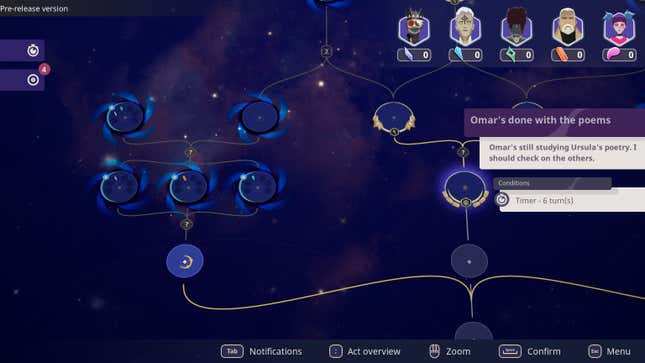
The friction for me is that every time Harmony switches over to the flow chart, I’m reminded that Polly’s clairvoyance makes it much harder to be in the moment and to simply interact with the people in front of me. Decisions become a numbers game as I attempt to appease these god-like beings who are constantly beckoning me to their way of doing things, rather than just talking to and forming relationships with people organically based on the situation.
In reality, this is how most dialogue-based games operate. Something like Mass Effect or even Life Is Strange has backend systems that determine if a player does X, a certain outcome will be possible. Or, conversely, if a player doesn’t have enough points to pass a stat check, they won’t be able to accomplish a given thing. This flow chart that Harmony has made a core mechanic is just the game lifting a curtain to reveal how video game dialogue systems often work. The problem for me is that when a game goes out of its way to mask that, it makes it easier to make genuine decisions and see characters as more than obstacles to be overcome and “beaten.” For every interesting plot twist or charismatic character Harmony introduces, moments later, it reminds me that it’s a video game assigning point values to everything I say, do, or think.
If, as you keep playing, Harmony delves more into Polly’s future sight and starts to interrogate how this ability and structure can completely depersonalize her relationships with those around her, that would be the kind of shake-up I could see working in the game’s favor. Then, it could feel like the game was in conversation with that friction, rather than simply serving it to me every other scene without a second thought. But in these early hours, the flow chart and crystals just serve as a constant reminder that everything surrounding Polly and her investigation is held up by lines of code. Every video game is, but most attempt to mask that as much as they can, where Harmony wears it on its sleeve. I’m still compelled by its writing, premise, and acting, but I’m curious to see where all paths on the flow chart lead when it launches on June 8 for PC and Switch, and June 22 for PS5 and Xbox Series X/S.

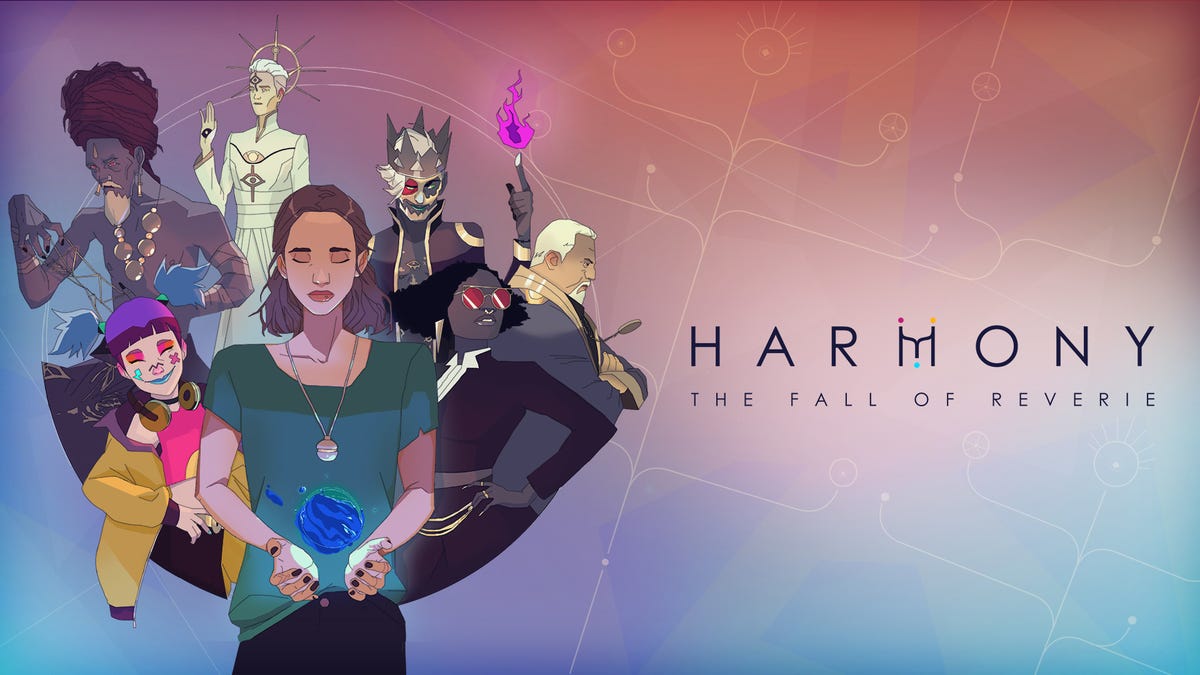
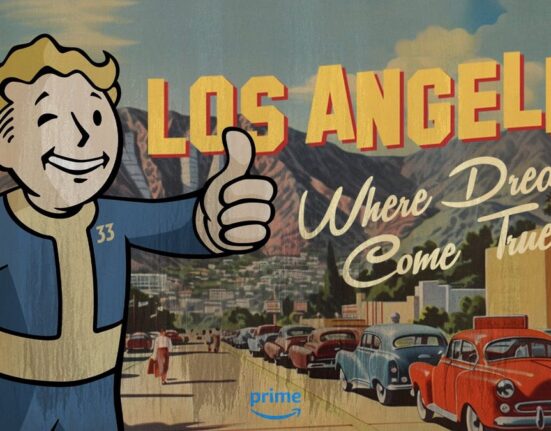
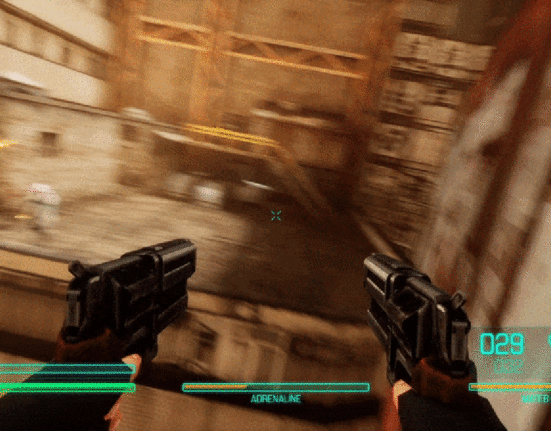
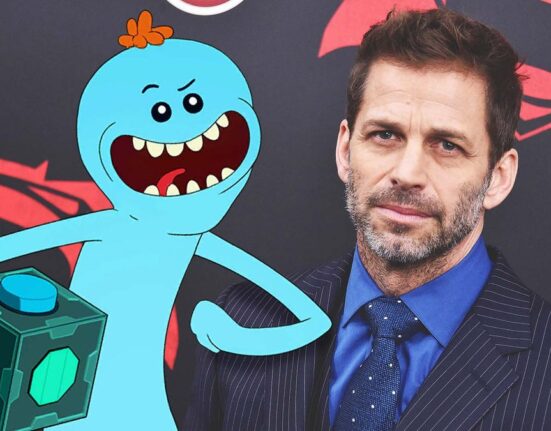
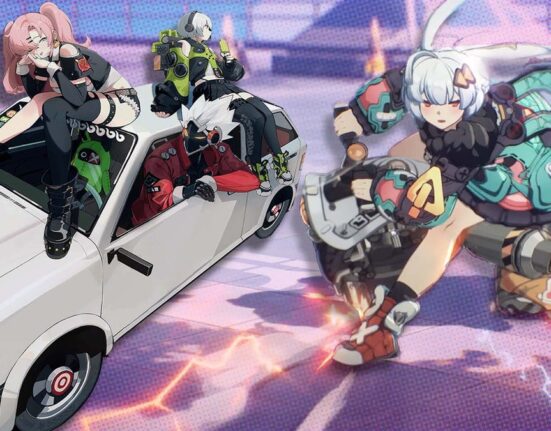
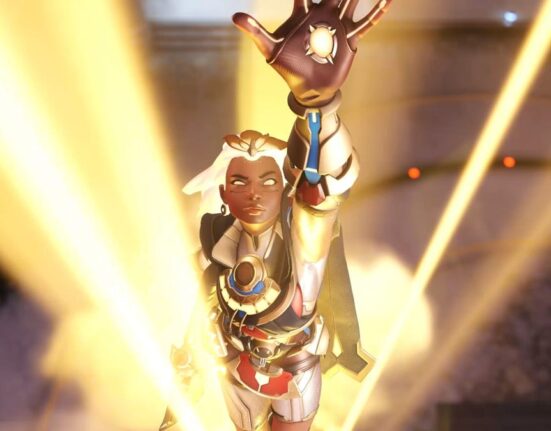
Leave feedback about this